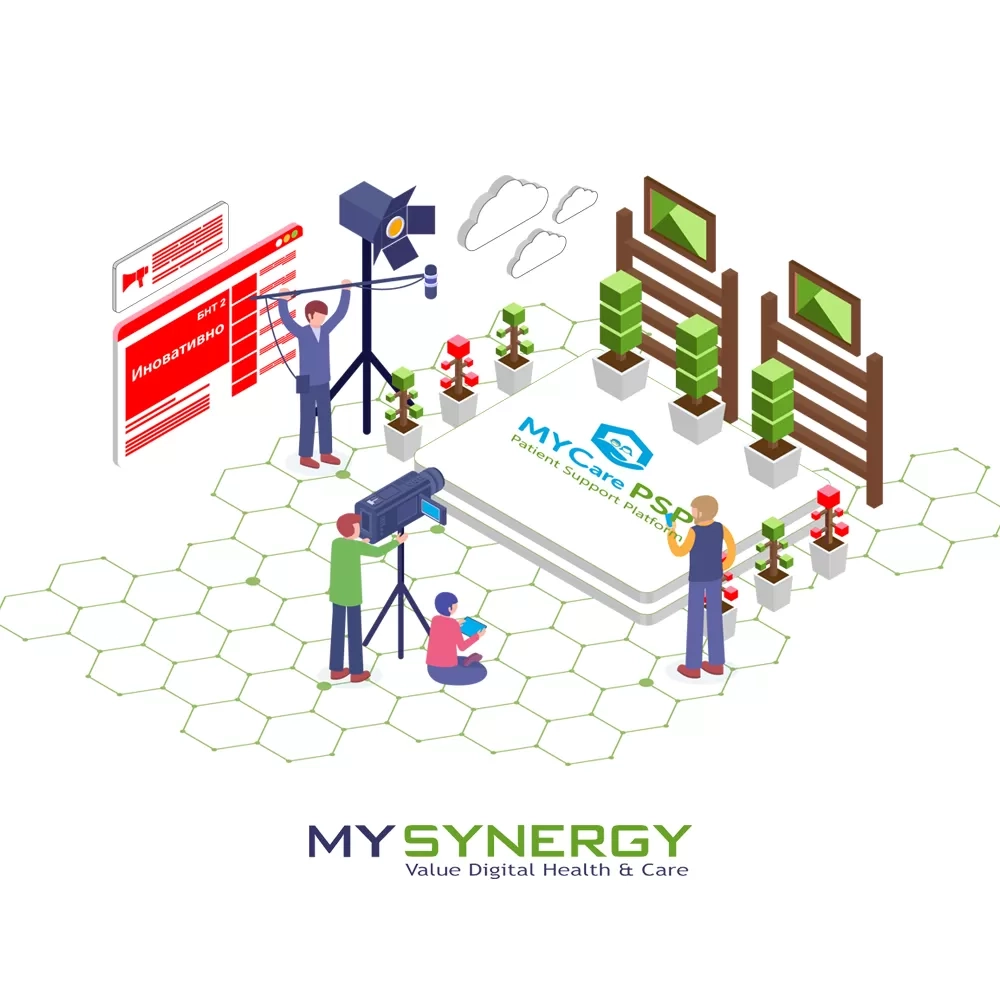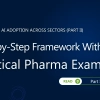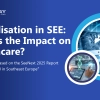How Does an Innovative Patient-centric Platform Improve Patient Journeys?
Patient-centric platforms improve patient journeys. Our founders, Mladen and Yordan (MY), together with Doncho Donchev, director of sales at SAT Health explained how our digital product MY Care, a patient-centric platform, improves patient journeys.
MY Synergy develops innovative healthcare applications and delivers value-based healthcare projects, as well. Our focus is on developing applications that use innovative technologies and have high-added value for the healthcare sector. MY Synergy is the bond, the synergy between Information Technology & Healthcare. Our employees, operating with data and technology, have more than 10 years of experience (+100 synergetic years) in healthcare, specifically in hospitals and national health structures.
Experience in Healtcare and Technologies
Mladen and Yordan have worked for the largest oncological hospital in Bulgaria for more than 6 years. Besides technology, they are also experienced in tracking a patient’s pathway – what happens to the patient’s life and how the treatment is ongoing. We have analyzed and drawn conclusions about how technology can improve patients’ lives. All these years of experience and knowledge along with the innovative technologies we use have given birth to our core product – A patient-centric platform called MY Care. MY Care is a modular platform that supports and tracks patients on their way to and after starting therapy. Every patient is important and that is not a cliché but reality. Our platform is patient-centric – it allows personalized treatment parameters to be set to meet individual patient needs and cases.
Patient-centric Platform – Overview
The platform is cloud-based and can be accessed from anywhere, however, the people that use it are special caregivers that work onsite with patients and caregivers that work at call centers. Both are corresponding with each other. They organize and monitor all tasks together – when they receive notifications about their patients or when some events need a response to (often reminders for medication, organization of patient consultations, and other activities related to specific therapies of patients).
What is the typical case of a patient journey?
Let’s assume that a medication must be applied for 20 weeks (1 bottle per week – 20 bottles in total). Often these timeframes and instructions are not followed strictly which leads to disorders within the treatment plans (16 or 17 bottles taken only) and none of the stakeholders have benefited from that. A patient does not get the correct treatment (missing intakes), a country pays for something that is not used and utilized in a correct way, and pharma companies cannot increase their added value, which is a loss for the business.





